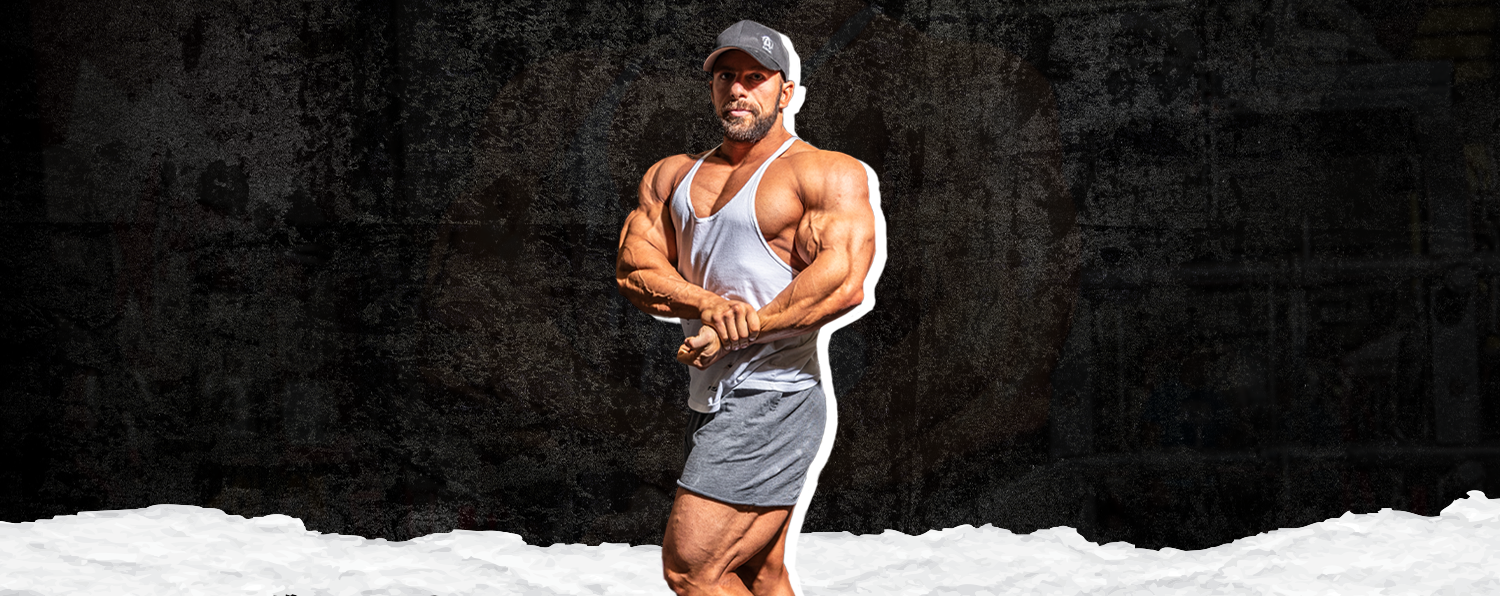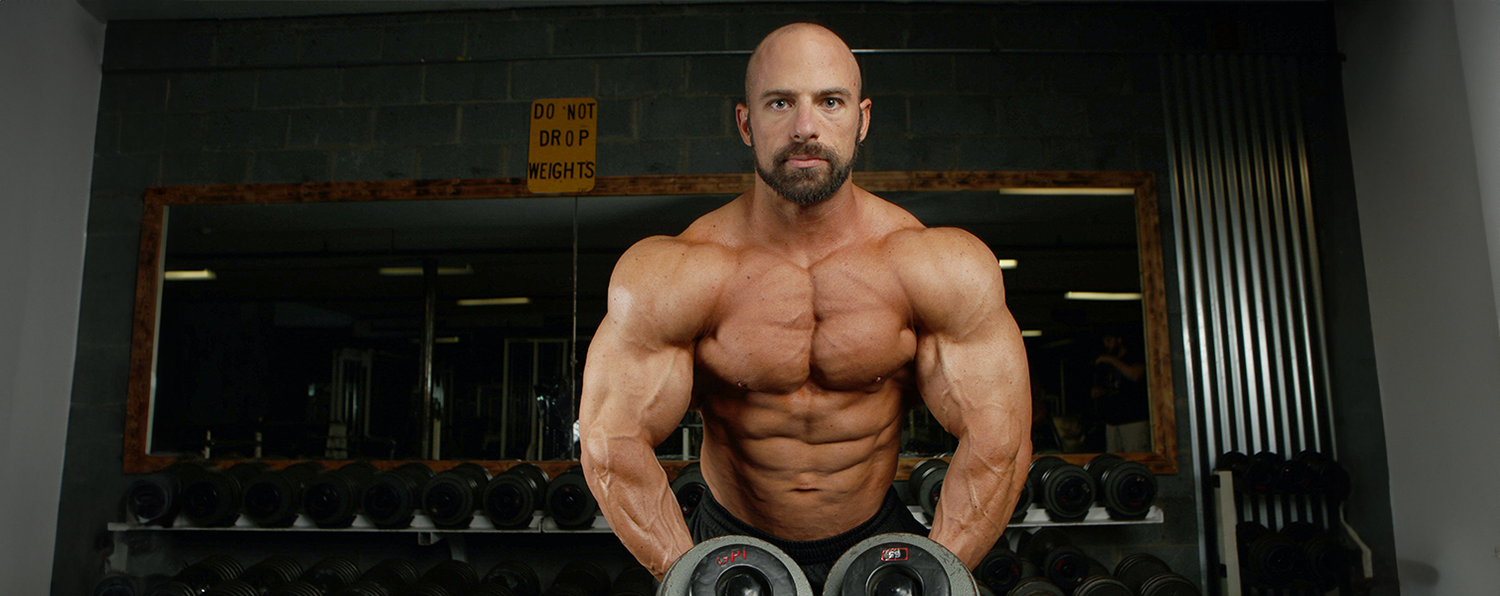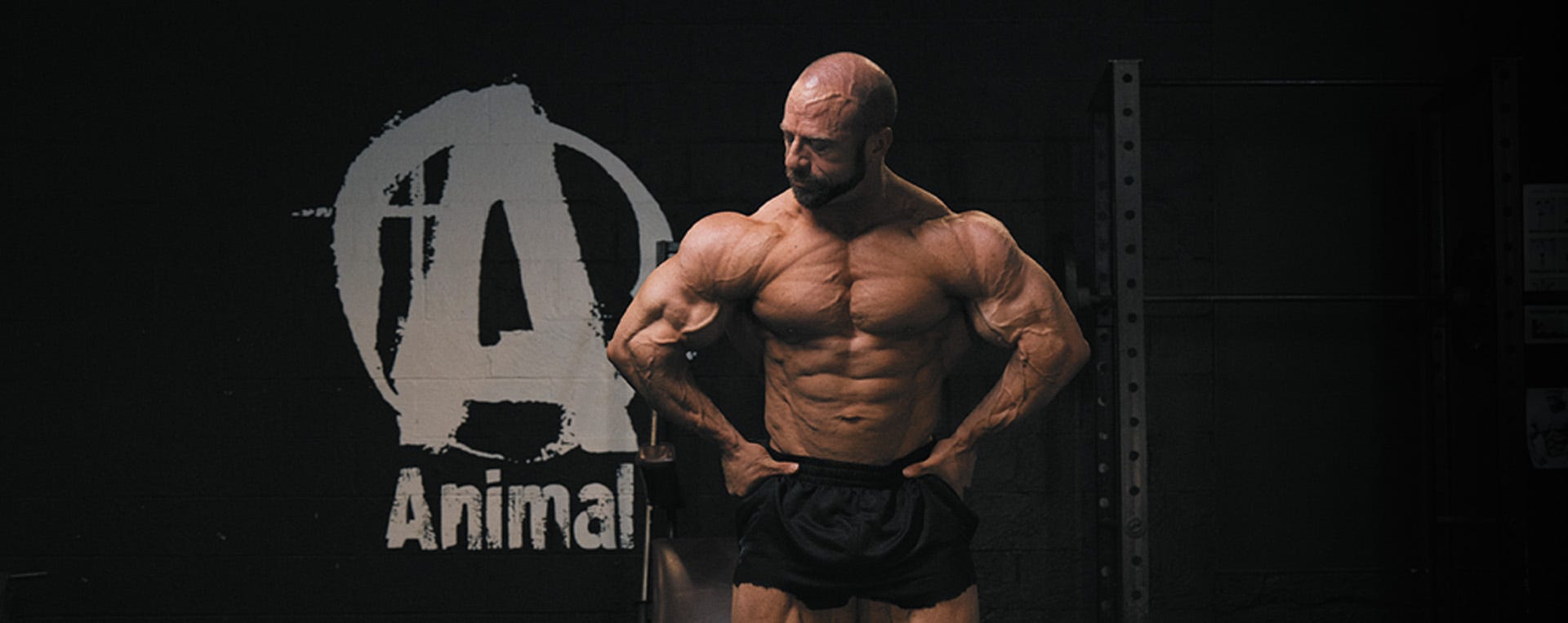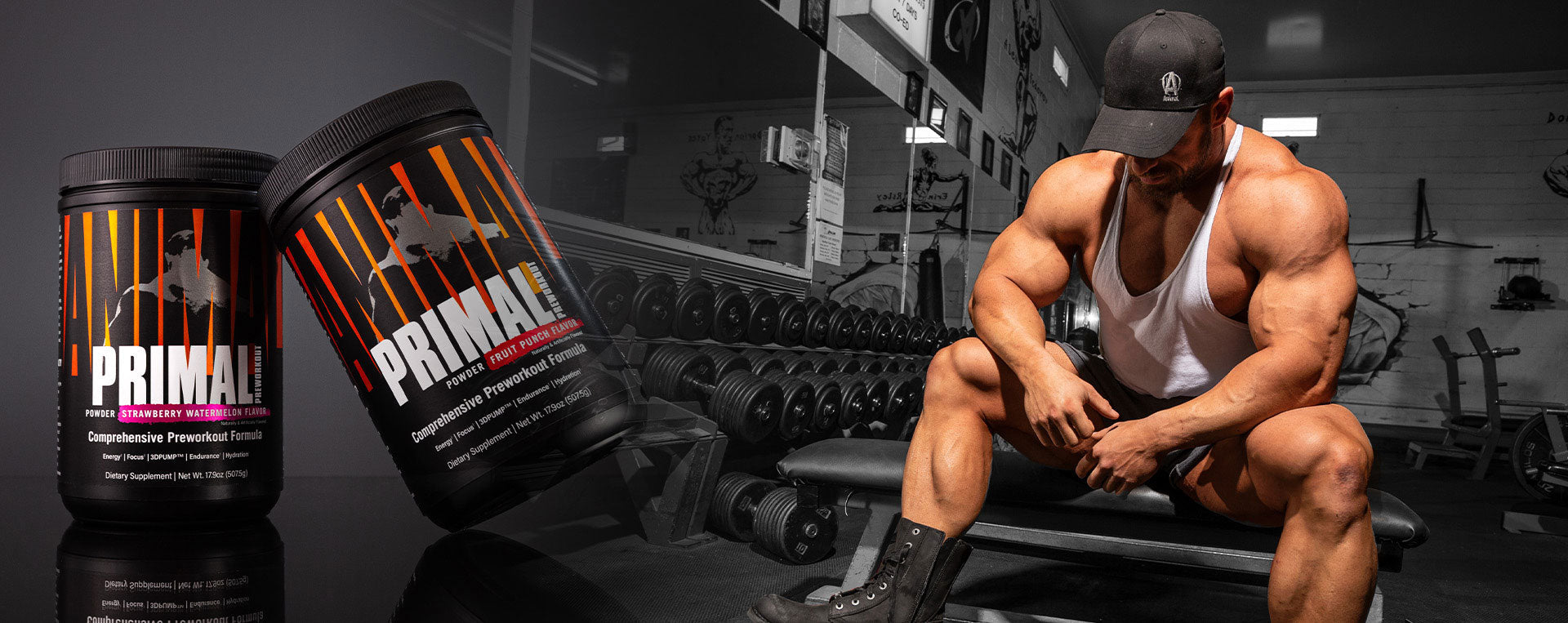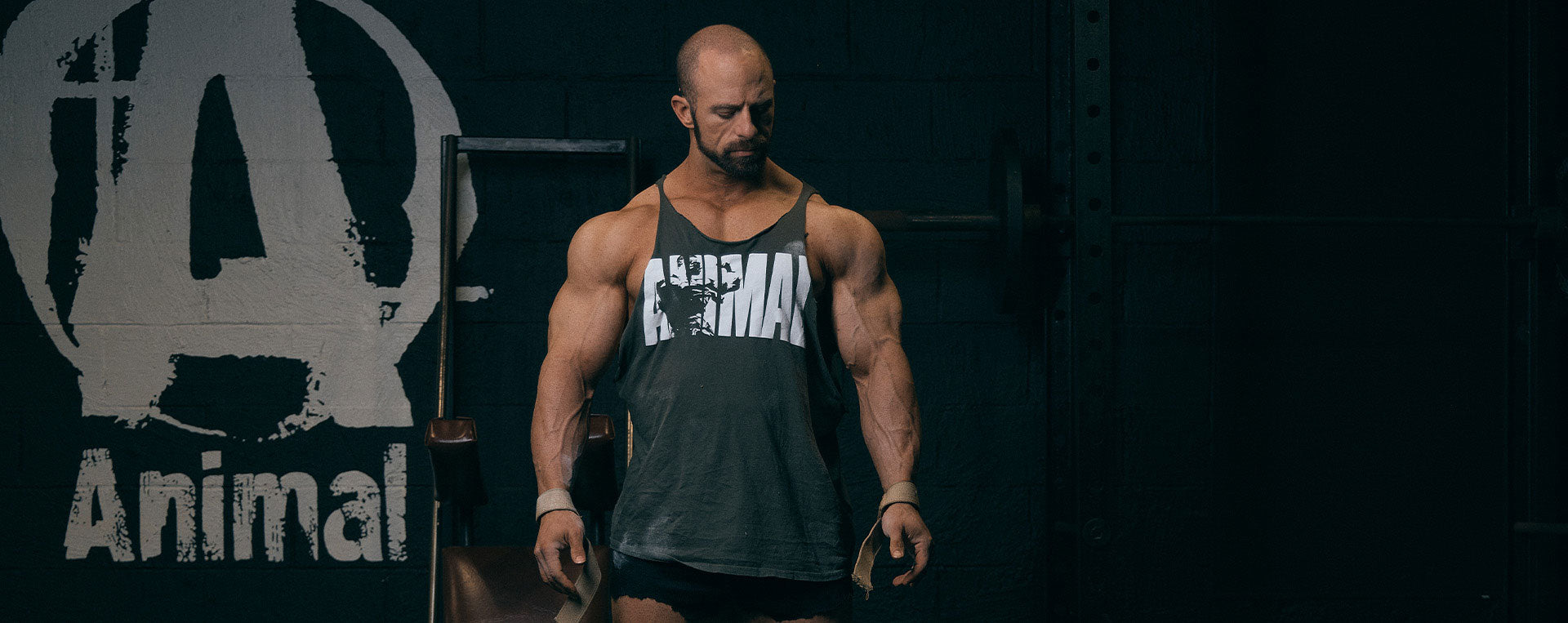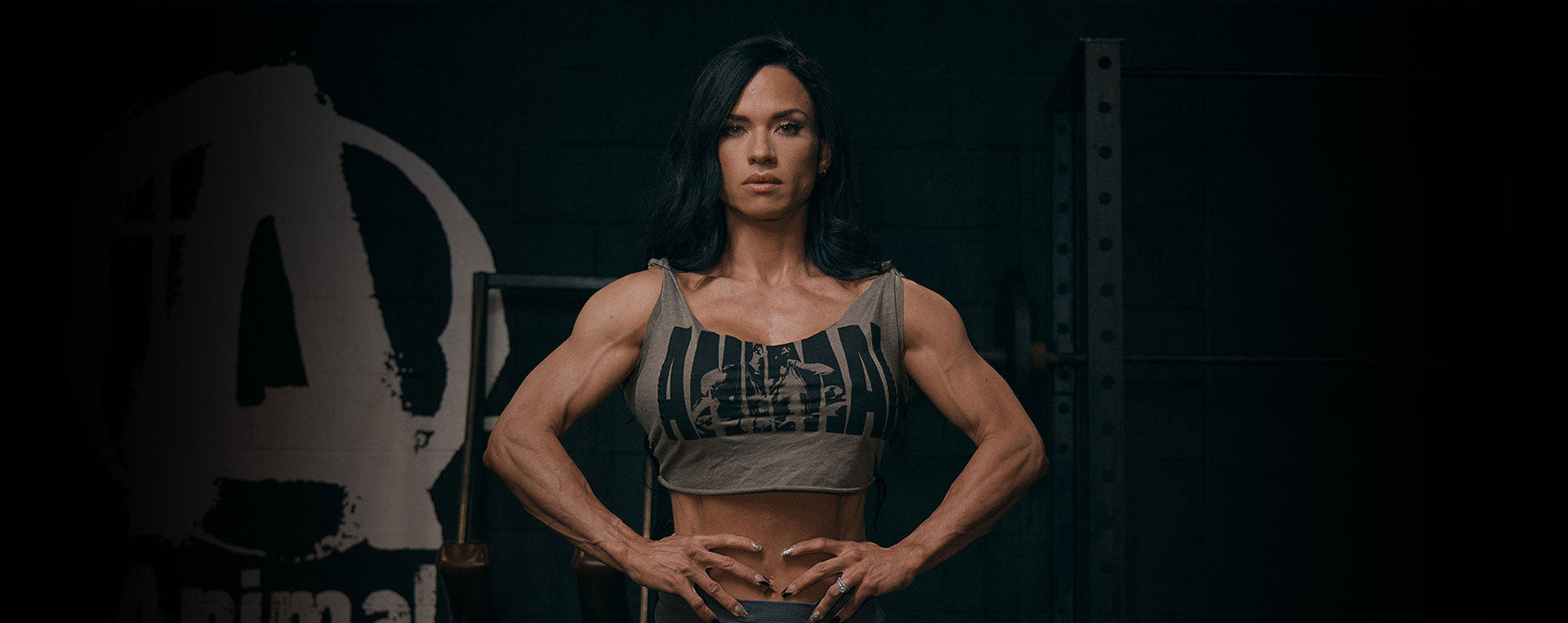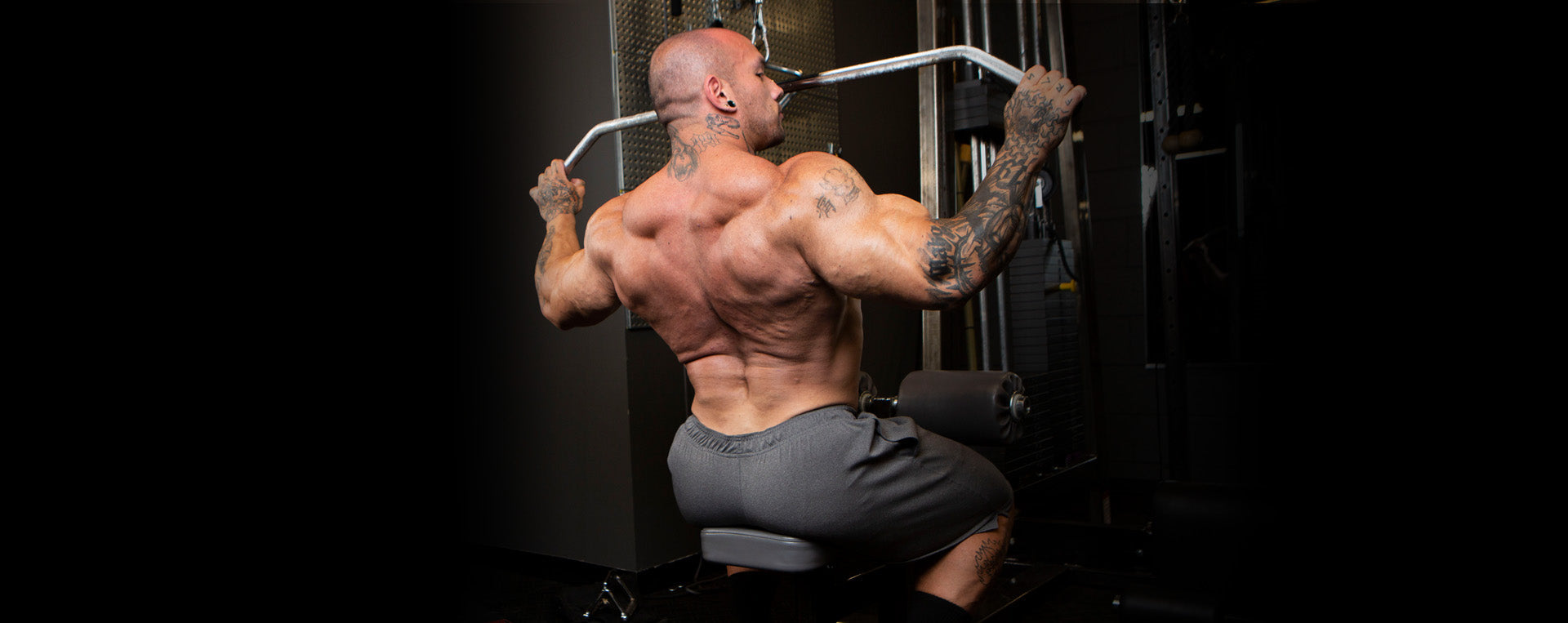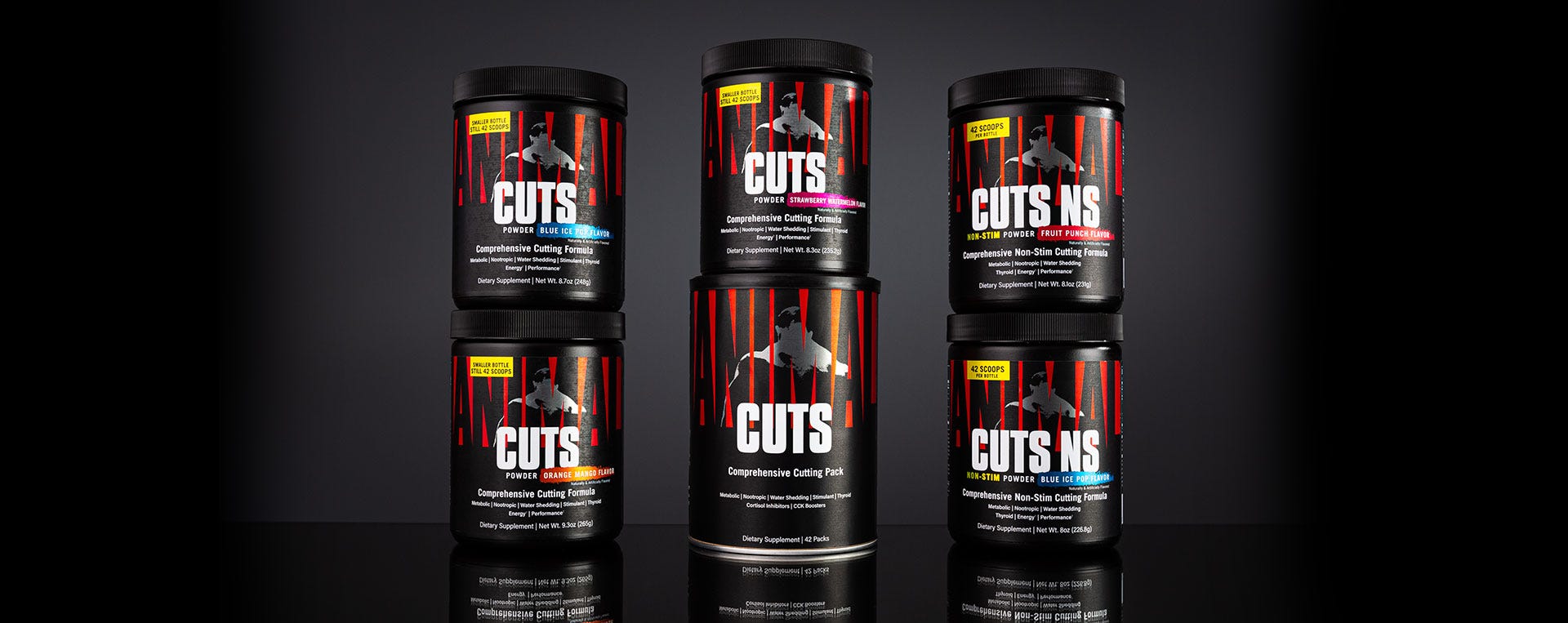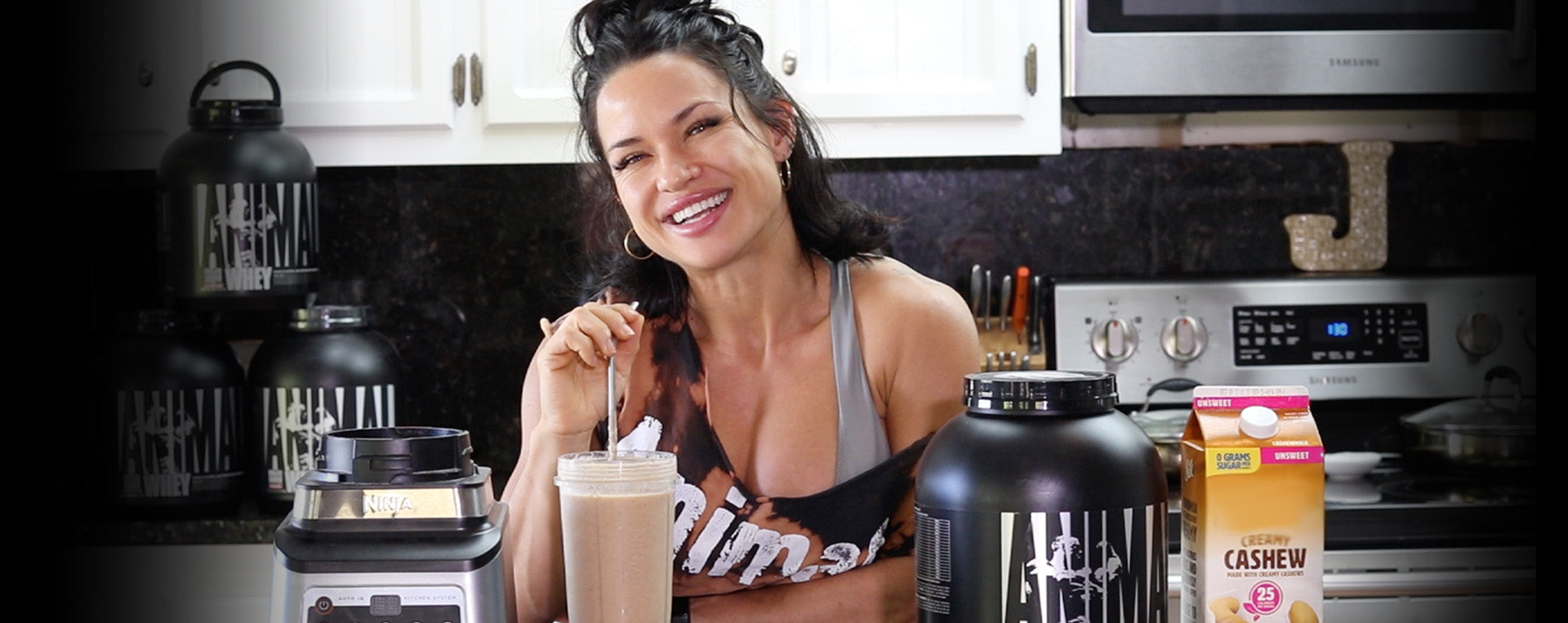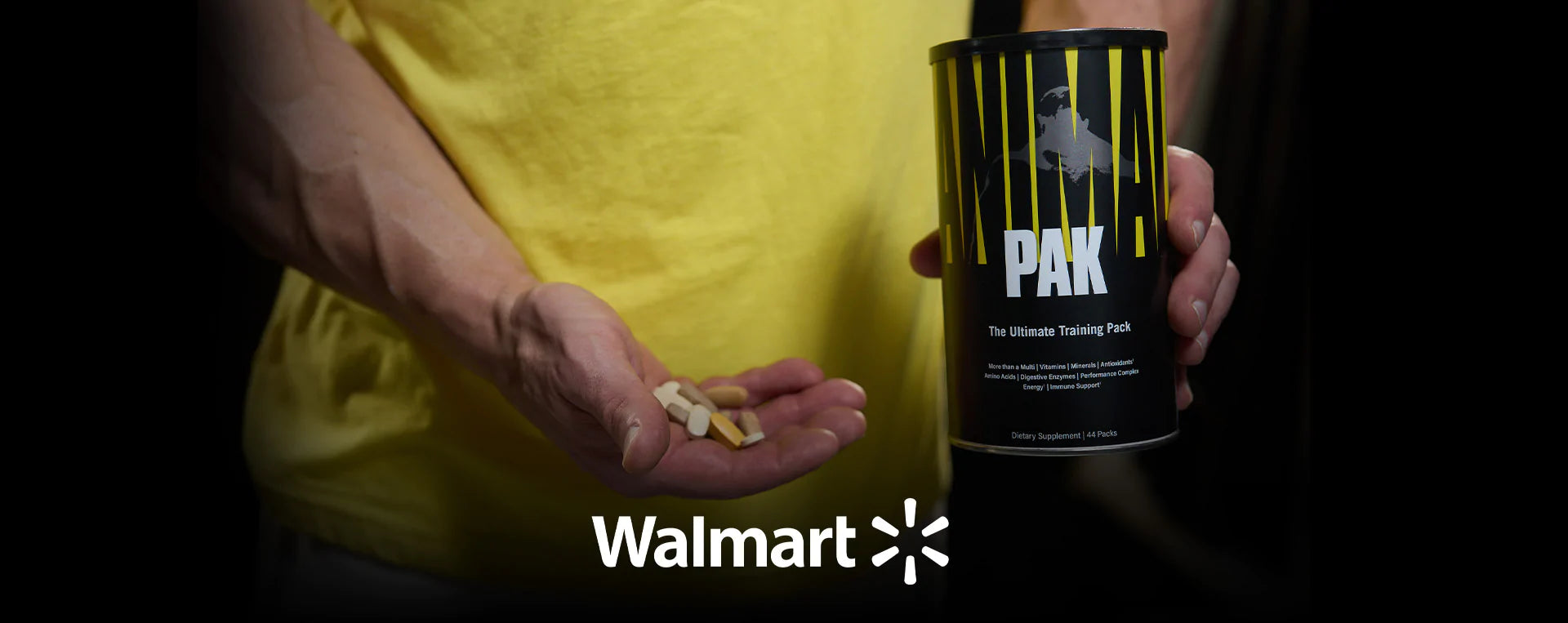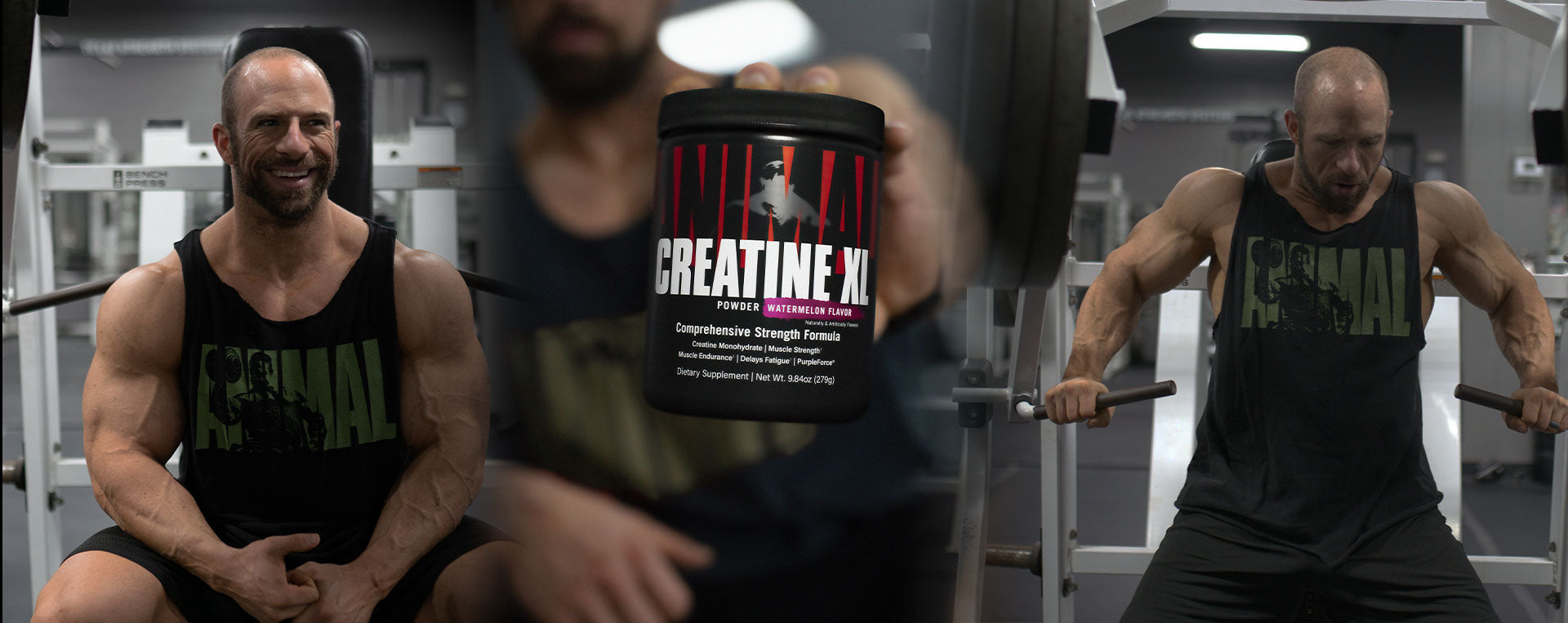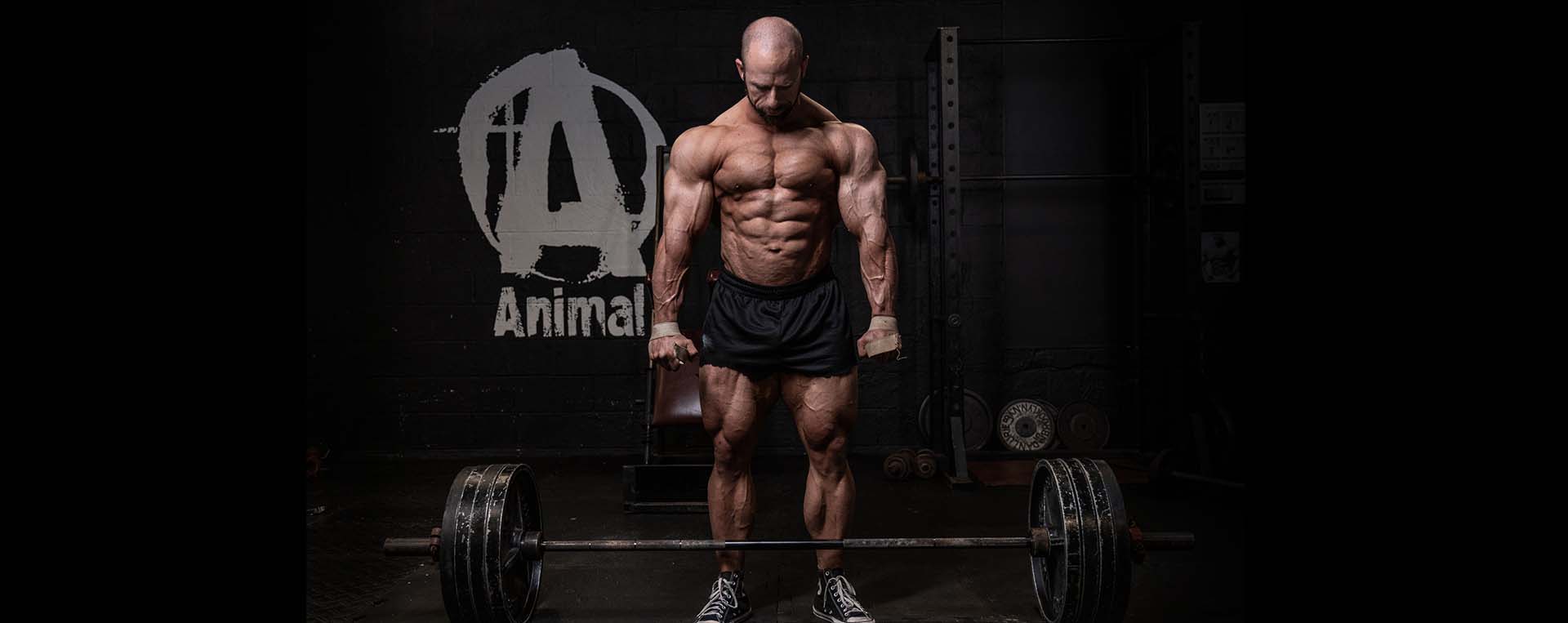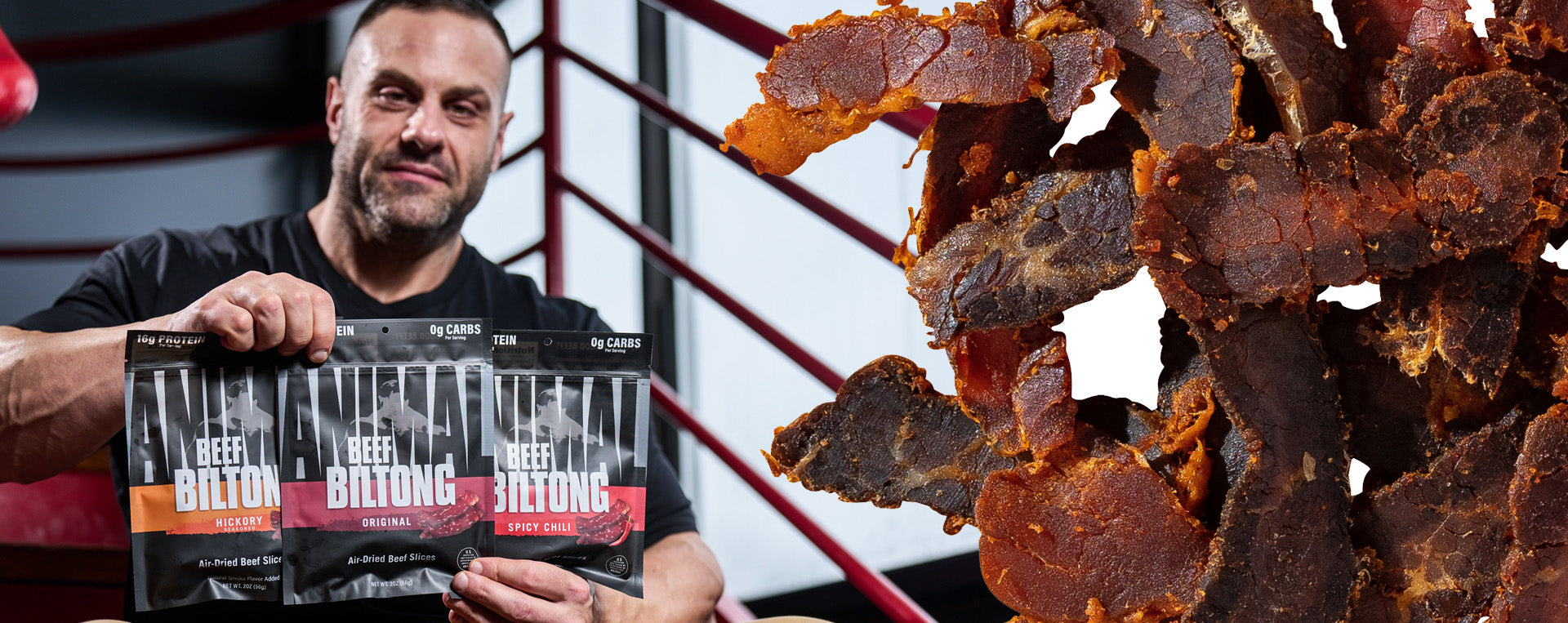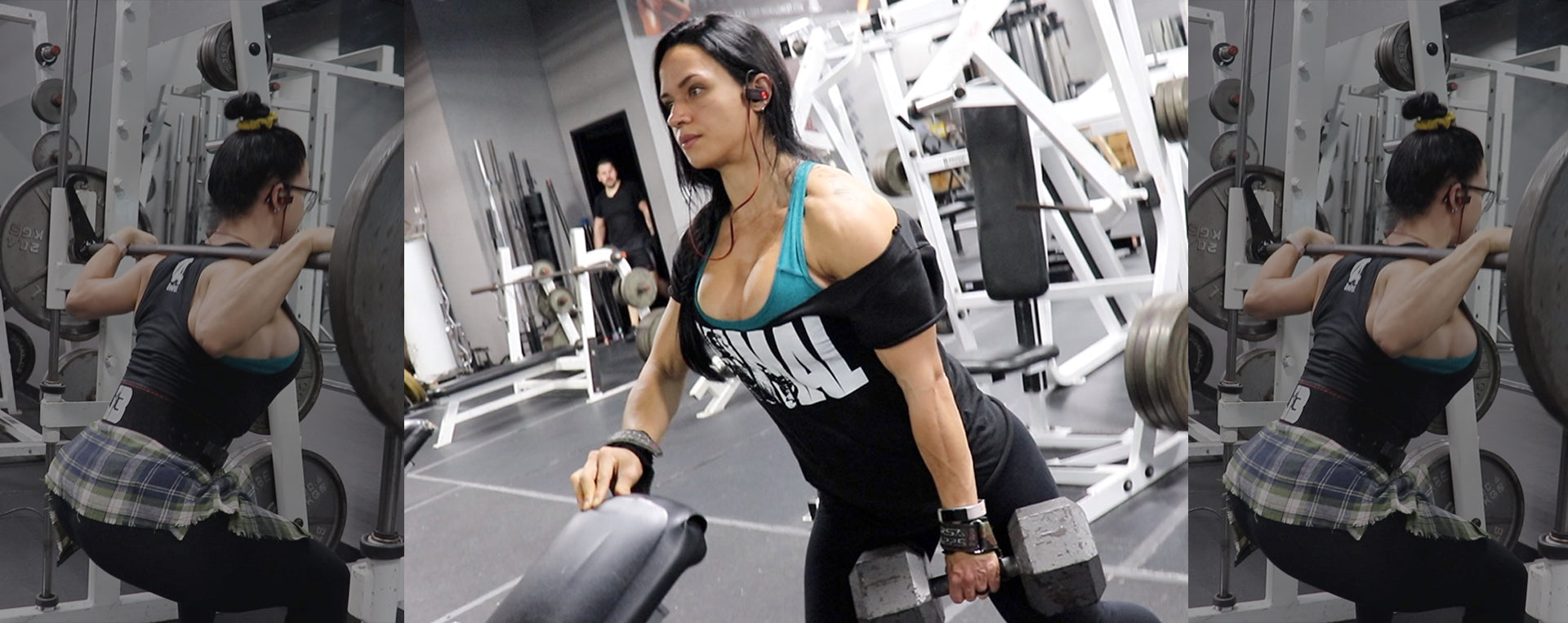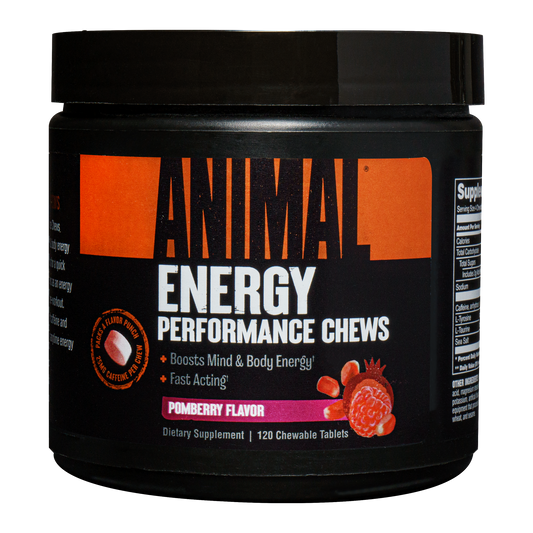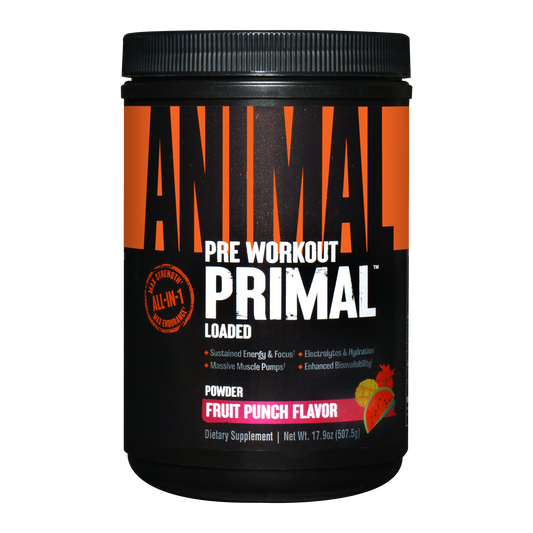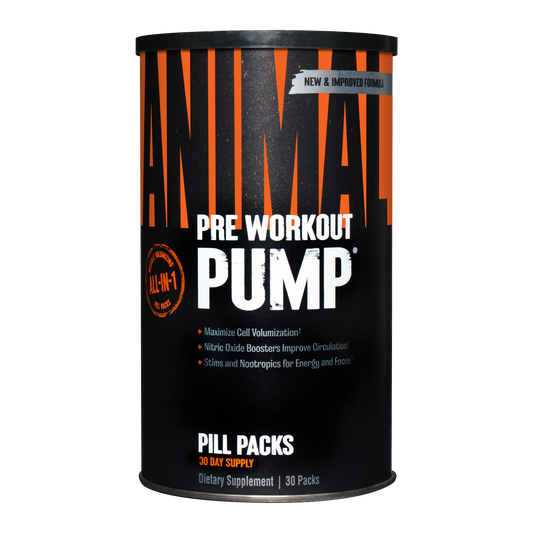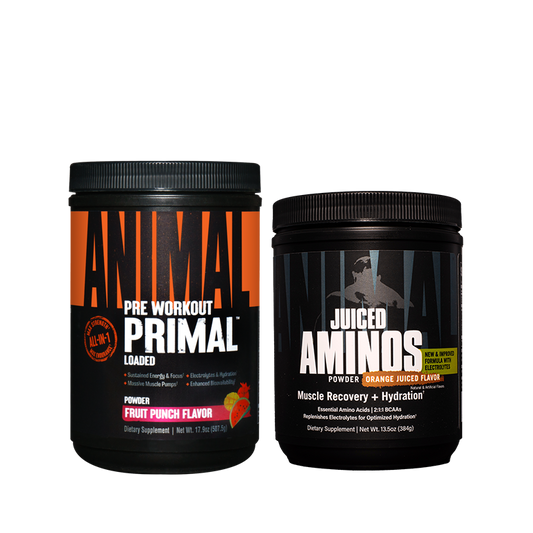You busted your ass for months to get the leanest you have ever been. Striated muscle is exposed all over and the vein game is going hard. Maybe you just came off a great showing at a bodybuilding contest or you just got crazy lean for the hell of it. Regardless, the next diet phase you enter is very important to help you “reverse” out of the cutting phase and set you up for a productive off-season. Although there are several reverse diet methods, I take a more aggressive approach. Let’s dive into why and how you should reverse diet so that you can gain muscle and restore health as fast as possible.
Purpose of the Reverse Diet
A reverse diet is simply a diet conducted in the reverse order of a typical cutting diet. You would slowly add calories and reduce cardio week by week until you reach a maintenance calorie level. This minimizes post-show fat gain and increases your metabolism, which will get you to a high calorie intake while staying as lean as possible. Many issues, however, can arise in a slower approach.Firstly, the physiological aspect of the slow reverse diet doesn’t always work in the way it’s intended. When dieting, our bodies adapt in many ways to account for the decrease in calories and body fat. We have decreased metabolic effects occurring through changes in leptin, insulin, testosterone, and thyroid hormones. This can cause a drop in total daily energy expenditure, which is referred to as adaptive thermogenesis.1 Basically, our body becomes more efficient with activity and utilizing calories. These adaptations manifest as sleep disturbances, mood change, libido decrease, digestion disruptions, loss of menstrual cycle in women, lack of mental focus, and poor athletic performance.2 This state is terrible for muscle building. I want you to get all of these adaptations reversed as fast as possible so you can get into a productive off-season. A slow reverse diet keeps you in a calorie deficit for a long period of time and does not correct these adaptations. We also know some weight gain is needed to reverse these dieting adaptations.3
Secondly, it is incredibly mentally challenging to adhere to a slow reverse. I have seen so many people go off the rails binge eating for weeks. Staying in a calorie deficit post show is harder than the prep diet itself for many. You no longer have this deadline and hunger is through the roof, so it’s much easier to quit a restrictive plan. Finally, the goal of an off-season is to build muscle. With a drawn out calorie deficit, you are not going to be in building state. This is just taking time away that you could be using to grow.
My approach is to get out of a deficit immediately. I want to restore normal physiological function and health and get back to making off-season muscle gains quickly. Sleep, libido and sexual function, and bowel function should return to pre diet conditions. There should be a decrease in food focus and cravings, and an increase in gym performance. While some adaptations—hormone changes for example—can take up to 6 months or longer to correct, this reverse diet is going to get the process started. But don’t think you will necessarily have normal serum hormone levels in just a 4-8 week period.
Immediately Post Show
Here’s a quick run-down. If you finish your show and have no other show planned for the contest season, then your first priority is to get hydrated. Return to a high water intake, which should be what you were consuming prior to any water manipulation for the show. Have a fun meal out of whatever you want the night after the show. The next day, have 3 more untracked free meals of your choice. These are not to be binge meals. Eat until you’re satisfied and then stop. You will start the reverse diet the following day and stop untracked free meals.Setting Up the Reverse Diet Plan
This phase typically lasts 4-8 weeks. Set calories at a predictive maintenance level plus the addition of 5-10% calories to allow for some weight gain for the first week. This maintenance calorie level will be different than your maintenance off-season calorie level since your body weight is much lower and you have metabolic adaptations.You can set up your base plan diet by looking at what your last calorie and macronutrient set up was prior to peak week. If you weren’t competing, then use your current weight loss diet in your calculations. The fat loss diet you were previously on was likely at a calorie deficit and causing weight loss. Let’s use a 200lb male bodybuilder that was dieting on 2000 calories, 250g of protein, 150g carbs, and 45g fat as an example. I would first raise the calories an initial 10-20% to get to maintenance calories. Since we need a surplus for weight gain, an addition of another 5-10% calorie increase is a good starting point. So this would raise the bodybuilder’s calories to 2300-2600. Start on the low end if you were not show lean and your deficit was not that severe. Start on the higher end if you used a more severe deficit and/or if you struggle to adhere to a lower calorie diet.
For macronutrients, I would leave protein quantity the same as in the cutting phase because this will help with satiety. Adding more of the calorie surplus toward carbohydrates has the largest impact on restoring normal leptin, thyroid, metabolic function, and gym performance. Increasing fats will help with slowing down digestion and meal satiety. I would weigh personal preference as a main factor in deciding whether I add in carbs or fats. The thing we want is adherence, so create a diet that you can follow. A good place to start would be an 80/20 split of carbs and fats. Going back to the bodybuilder example, this would add approximately 60-120g carbs and 7-14g fat. On the high percentage end, the bodybuilder would now be on 2600 calories, 270g carbs, 250g protein, and 60g fat. This is purely a starting point, and these calories should be adjusted if the rate of weight gain is more or less than 1% per week.
If you want to be more conservative, aim for the lower end of the percentages and adjust the diet at the end of the week to hit a weight gain target of 1% body weight increase. We want to get to that healthy body fat level and restore all of the previously mentioned adaptations that had occurred.
Adjusting the Diet
Within this first 4-8 week period, continue to adjust the diet each week to promote a 1% weight gain. This increase in calories will be much slower than the first large calorie jump. A 5-10% increase is likely all that is needed to keep weight gain moving. If you are still gaining 1% body weight off the base plan, then leave the plan the same.Also, track body weight a couple of times per week and take progress photos once per week. Although it’s important to move out of the overly obsessive dieting phase and the tracking that goes along with it, you do need to monitor some variables to ensure proper progress.
Free Meals
During this 4-8 week phase, track your free meals. One option you can do any day is have a macro matched meal of choice. If you are really craving some pad thai or a sandwich, make the macros match a meal on your diet. This way you can get the craving out of the way and still adhere to your diet. Once you’re out of this initial 4-8 week phase, you can take on a more flexible approach like this all the time.I would limit your actual untracked free meal to one meal per week. This is not allowed to be a binge eating feast either. You eat until you are satisfied and stop. If this is too hard for you to do, then at least set a calorie restriction to your meal. For example, you will only eat 800 calories of pizza and stop there.
Cardio On the Reverse Diet
You must look at both sides of the energy equation when making a reverse diet plan. What I do with most athletes is cut cardio in half along with the calorie changes mentioned above. If you were doing one hour of cardio per day for 6 days per week, then decrease cardio to 30 minutes per day 6 days per week.
Off-Season Phase After the Reverse Diet
Once you get past the initial 4-8 weeks and are feeling “normal” again, you can continue on with the off-season phase. I would continue to increase calories but at a slower rate than the reverse diet phase. Use your pictures to determine whether or not you’re gaining too much fat each week. For some, a rate of weight gain might be a better target, so a range of 0.5-1.5% of weight gain per month is reasonable and will still allow for lean gains.Reverse diet with the thought in mind to restore health and get to improvement season at a quick rate. The slow drawn out deficit of a normal reverse is only going to take time away from you making off-season gains. Remember, the above information is purely a guideline and each person must be taken on a case by case basis. Adjust the above plan to your own individual needs.
References
1. Trexler ET, et al. Metabolic adaptation to weight loss: implications for the athlete. Journal of the International Society of Sports Nutrition. 2014; 11 (1):7.2. Mountjoy M, et al. The IOC consensus statement: beyond the Female Athlete Triad--Relative Energy Deficiency in Sport (RED-S). Br J Sports Med. 2014 Apr;48(7):491-7. doi: 10.1136/bjsports-2014-093502.
3. Rosenbaum, M., et al., Long-term persistence of adaptive thermogenesis in subjects who have maintained a reduced body weight. American Journal of Clinical Nutrition, 2008. 88(4): p. 906-12.


